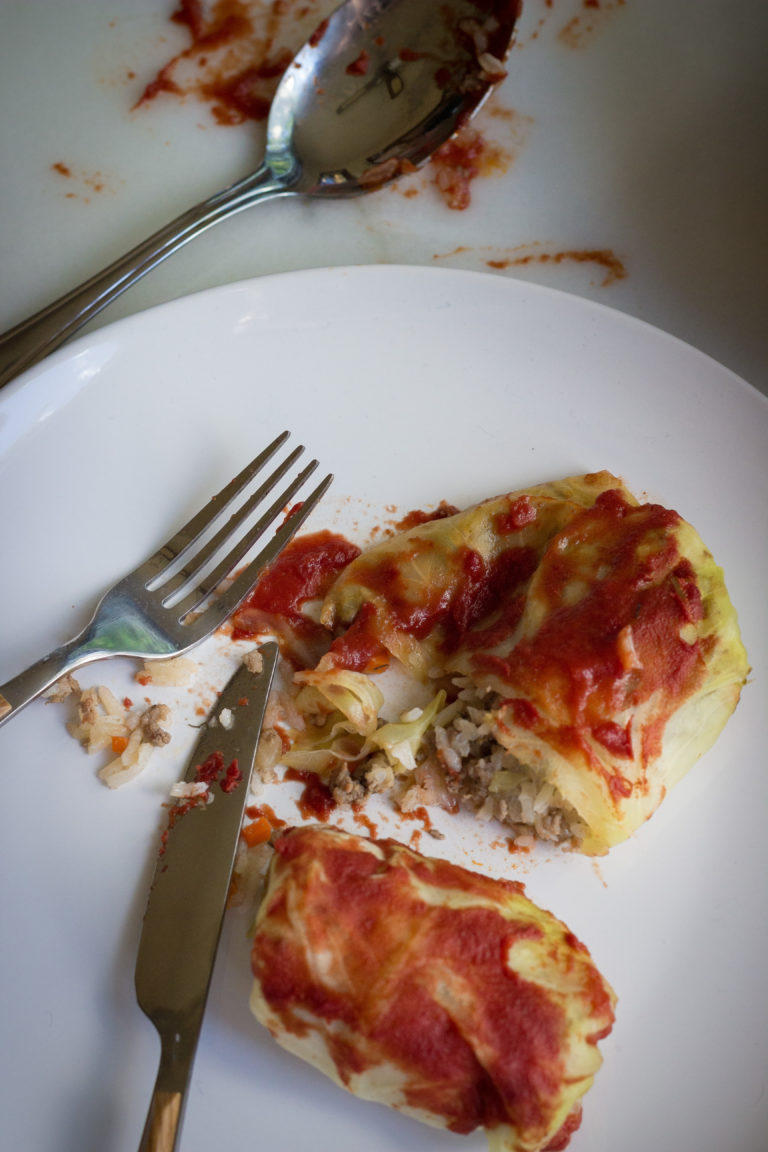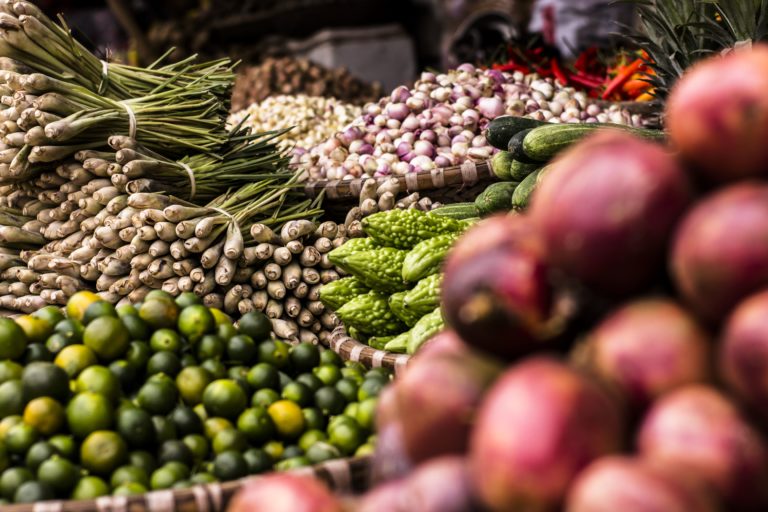How to Plan 30 Days of Meals in 1 Day
Meal planning is a popular topic for good reason. It creates efficiencies in your cooking, makes sure you are organized, and saves you precious time during the busy work weeks.
Many shy away from this actually creating a plan because they assume it is too difficult or too time-consuming.
I am here you to show you how to hack meal planning and actually, make it easy. Not only that, but it is entirely possible to plan out a full 30 days of Meals in 1 day. Stop assuming you cannot be a planner, instead follow these 4 simple steps to meal planning success.
HOW TO PLAN 30 DAYS OF MEALS IN 1 DAY
STEP 1: COLLECT RECIPES
Everyone has their own method of collecting and saving recipes. Use whatever works for you, and try to have a collection of recipes saved in advance of your planning day. It is easy to get distracted and waste half your day recipe searching.
If you already have a ton of recipes stockpiled, spend a bit of time cataloging them as noted below. You can do this in two quick steps:
SET UP A CATEGORY CATALOG
This means when you save a recipe, you file it in one of 4 categories:
- Breakfast
- Lunch
- Dinner
- Snack
Having this system saves a lot of time when you map out your meals. This way you can easily reference dishes by meal type, and slot them into your plan.
PICK YOUR METHOD
There are thousands of ways to save recipes, but more than likely you use one of these few options:
If you’re a Pinterest junkie (seriously who isn’t), create boards by category.
If you collect recipes in your email or on an online site, you can print them, or use a site like Evernote or Pocket to organize them with tags.
Last but not least, if you prefer to get your recipes from a cookbook, go through and tag the recipes you want to try. To make things easier, I suggest using flags to bookmark the pages by category. For instance, you can use colored flags and create a key for the corresponding categories, or use write-on tabs.
Whichever method you choose, do yourself a favor, and focus on simple recipes. Unless you are hosting a party, you likely don’t to spend hours in the kitchen for every meal. Some keywords to search include:
- Simple recipes
- Easy recipes
- Under 30 minutes
- One pan meals
STEP 2: GET ORGANIZED
Meal planning does require you get organized. This does not mean you have to be a Type A personality, but it does mean you have to at least fake it.
First, pick a day of the week you intend on planning your meals. Dedicate several hours for this, especially your first time. As you get into a groove, you will find yourself getting through the activity more efficiently.
I like to complete our meal plans on a Sunday afternoon, prior to weekly meal prep. Becuase I have made this a habit, it is part of my weekly routine.
Second, when you actually sit down to complete your plan, make sure you have the following available:
- Find a quiet space where you won’t get distracted. This may mean secluding yourself in another room or going to a local coffee shop. Find what works for you to easily focus.
- If you prefer a digital plan, get your computer and a meal plan spreadsheet ready. Need an example? Visit our meal planning section to learn how you can get a copy of our template.
- If you prefer a hand written plan, get your planner or a notebook, and writing utensils ready.
- Collect all your saved recipes. Get your cookbooks out, pull up your Pinterest profile, or gather your printouts.
- If this isn’t an activity you enjoy, treat yourself to a special beverage or snack. Having this indulgence while you work will make it seem less daunting.
STEP 3: MAP OUT YOUR MEALS
Now is where the magic happens. Begin plotting your selected recipes into the appropriate meal categories in your plan. This is easily done for both digital or written plans as follows:
DIGITAL PLAN
Using Excel or something similar, create a separate tab or worksheet for each day of the week. Create one column for each category, plus one for notes at the end, then rows for the corresponding days of the week.
WRITTEN PLAN
Create a simple plan in your planner/notebook by dedicating a page to each week. Under each week, create a section for each category.
In either version, begin plotting your selected meals into each day section.
A few tricks for plotting your meals:
- Embrace leftovers. Try eating them a few times a week, and use leftovers to create new meals.
- Repeat meals. Pick a few staple meals you know you and your family enjoy, and repeat them throughout the month. For instance, pancakes every Saturday, pot roast every other Friday night, or roasted sweet potatoes once per week.
- Create a theme. If you are struggling to fill in your plan, try sampling a new theme each week. Such as Asian cuisine week 1, Mexican week 2, and Italian week 3. This will allow you to be creative and switch up the flavors that may otherwise become boring.
Using all these ideas will not only save you time preparing meals but will also prevent you from buying food that won’t be used.
STEP 4: PUT YOUR PLAN INTO ACTION
You have built your plan, but how do you actually execute a month of meals? There are few key steps to ensure you will successfully follow through.
- Build your grocery list right after your meal plan, and while you have all your recipes handy. Create a list for each week, and use a smart template. Building the ultimate grocery list means precious time saved grocery shopping.
- Practice bulk and batch cooking. Another time savings weapon is either doubling up meals (bulk cooking) or cooking multiple items together at once (batch cooking). Both methods seriously cut down prep time on subsequent days.
- Allow for flexibility and have fun. As with all things, don’t take the planning too seriously, and adjust moving forward. Your first monthly plan may be a bit experimental, some new recipes may fail, or you may discover you dislike a few dishes. And that’s okay, use this knowledge when planning for next month.
And there you have it, a month worth of meals planned in one day! How do you master meal planning? Let us know in the comments below.





